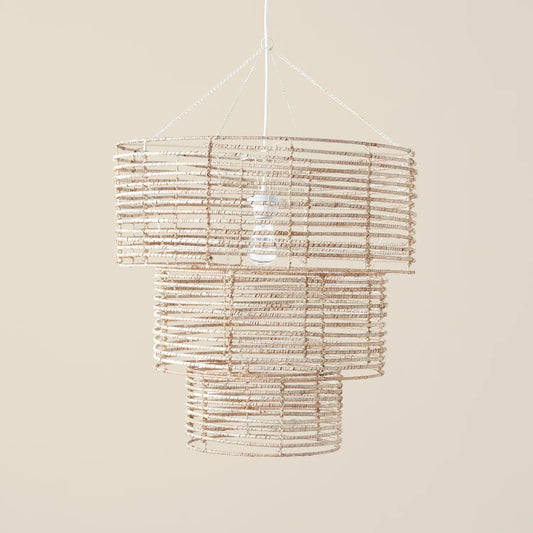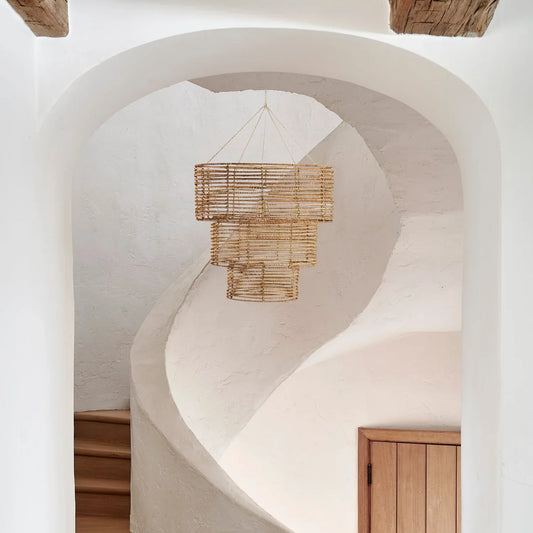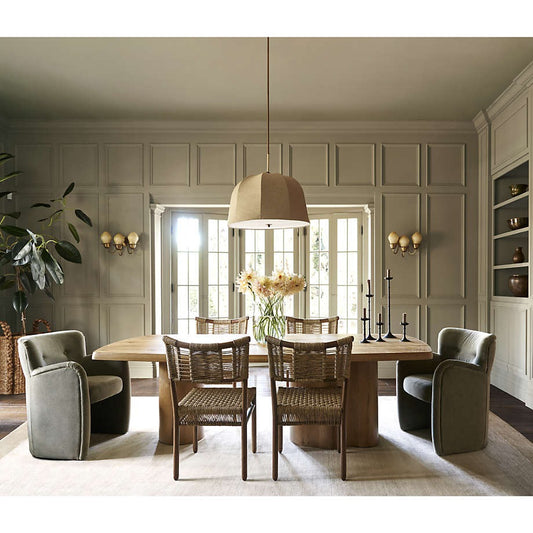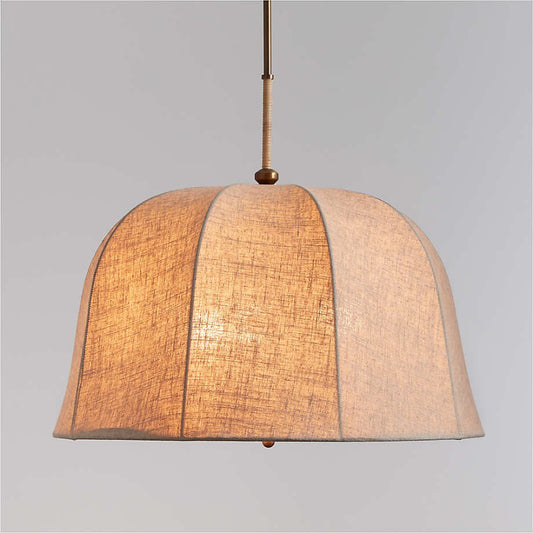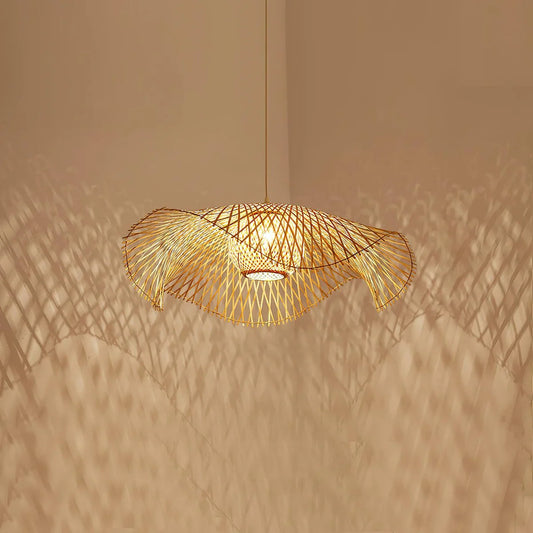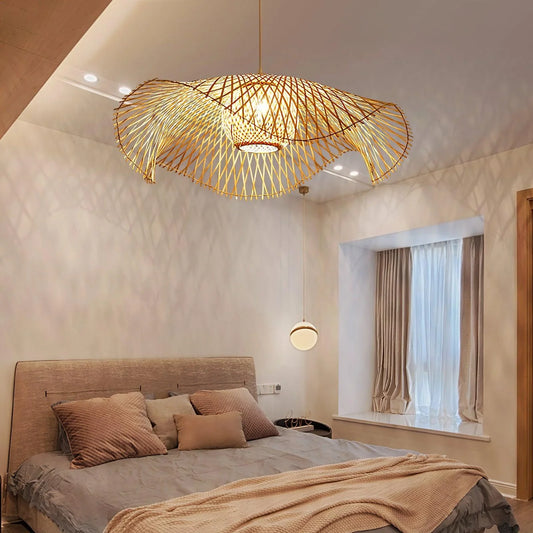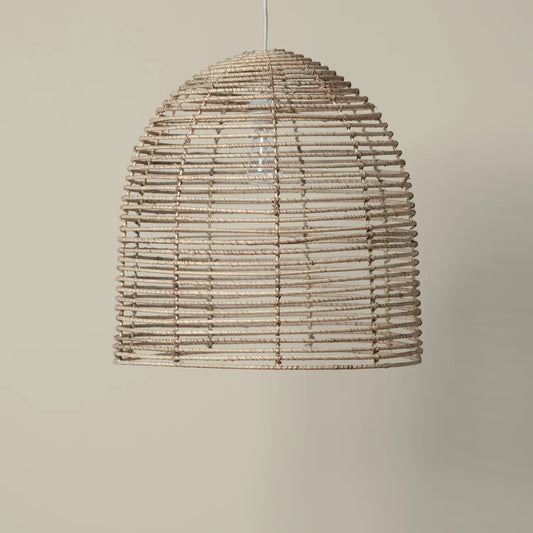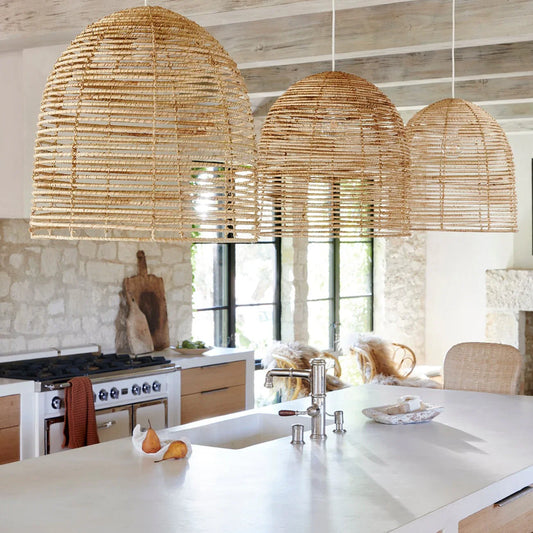How Much Does It Cost To Install 4 Recessed Lights?
hello rowabiWondering how much it costs to install four recessed lights? On average, you can expect to pay anywhere from $400 to $1,200, depending on the quality of the fixtures, local labor rates, and the overall complexity of the job.
Typically, each light runs about $100 to $300, covering both the materials and labor needed for installation. Keep reading to get a clearer picture of where your own project might fall within this range—and what factors can influence the final price tag.
- How much does it cost to install 4 recessed lights?
- What is the spacing for 4 recessed lights?
- Recessed lighting installation cost breakdown
- Additional cost factors and considerations
- Ceiling material and construction
- Permit requirements and building codes
- Retrofit vs. new construction fixtures
- DIy vs. professional installation
- Smart and specialty lighting options
- FAQs: How much does it cost to install 4 recessed lights?
- Conclusion
How much does it cost to install 4 recessed lights?
The cost of installing recessed lighting ranges from $400 to $1,200, which includes labor expenses of $75 to $200 and the price of the can light fixture, which is between $25 and $100:
Fixture cost
Recessed light fixtures can vary in price from $20 to $200 per unit, primarily depending on:
- Trim style: Decorative or specialized trims can raise the fixture’s cost.
- Bulb type: LED, halogen, or incandescent bulbs each have different price points.
- Brand and quality: High-end brands or fixtures with advanced features (like adjustable beam angles or smart connectivity) typically cost more.

When planning your recessed lighting project, the cost of each fixture is a key factor to consider. Source: My Design Sherpa (1)
Labor cost
Electricians often charge $50 to $200 per hour, and the time required to install four recessed lights varies based on:
- Ceiling structure: Installing lights in a standard drywall ceiling is usually quicker than working with lath and plaster or exposed beams.
- Wiring conditions: If the electrician must run new cables or navigate around insulation and joists, the installation may take longer.
- Accessibility: Easy attic or crawl space access can reduce labor time, while cramped or obstructed areas can increase it.
Additional project factors
Several other considerations may impact the overall cost:
- New wiring: If your existing electrical setup isn’t sufficient, adding circuits or wiring can increase expenses.
- Specialized trims: Housing with unique or decorative trim may cost more.
- Obstructed areas: Hard-to-reach ceilings or walls can increase installation time, driving up labor costs.

By considering these extra project factors and add-ons, you’ll gain a clearer sense of your recessed lighting costs. Source: The Spruce (2)
What is the spacing for 4 recessed lights?
Ensuring proper spacing between recessed lights is crucial for achieving a well-lit, inviting space. When installing four recessed lights, here’s how to position them for optimal coverage:

If your goal is overall ambiance, the standard spacing guidelines typically suffice. Source: Amazon (3)
Maintain 4 to 5 feet between lights:
Maintaining a distance of 4 to 5 feet between each recessed light fixture helps disperse light evenly throughout the room, preventing overly bright areas and ensuring a balanced glow. If the fixtures are placed too close together, they may create intense hot spots or uneven illumination, disrupting the room’s overall lighting harmony.
Position lights about 2.5 feet from the wall
Positioning recessed lights around 2.5 feet from the wall helps minimize shadows and prevents harsh light streaks, creating a more comfortable, well-lit environment. This distance also ensures the edges of the room receive adequate illumination, making the entire space look larger and more open.
Consider ceiling height
Ceiling height plays a key role in determining the appropriate spacing. For standard ceilings (8–9 feet), maintaining 4 to 5 feet between fixtures usually provides balanced coverage. However, if your ceiling is 10 feet or higher, consider placing the lights slightly closer together or adding more fixtures to achieve adequate illumination throughout the space.
Recessed lighting installation cost breakdown
Below, we’ll break down the key factors that influence the total cost of installing recessed lights, helping you plan your project with confidence
| Cost Factor | Minimum Cost | Maximum Cost | Description |
| Fixture | $20 | $200 | The price of the light fixture itself, which encompasses the housing, trim, and bulb. |
| IC-Rated Housing | $7 | $100 | Safe for use near insulation; helps to avoid overheating. |
| Non-IC-Rated Housing | $6 | $90 | Needs to be placed away from insulation; generally used in uninsulated areas. |
| Airtight Housing | $10 | $120 | Prevents airflow, enhancing energy efficiency and reducing heat loss. |
| Shallow Housing | $10 | $150 | Created for ceilings that have limited depth. |
| Canless Fixtures | $20 | $160 | Contemporary design without a conventional housing can; usually LED. |
| Wet-Rated Housing | $20 | $100 | Appropriate for areas prone to moisture such as bathrooms and kitchens. |
| Vaulted Ceiling Housing | $20 | $75 | Specialized housing for sloped ceilings; requires additional labor. |
| Labor (Per Fixture) | $100 | $200 | Charges for professional installation; includes wiring, setup, and testing. |
| Dimmer Switch | $75 | $150 | Optional feature for adjusting light intensity. |
| Wiring (Per Foot) | $0.20 | $2.00 | Expenses for new wiring; varies by material (copper is pricier). |
| Permits | $50 | $500 | Necessary for adding new circuits; varies based on local laws. |
| Total Cost Per Fixture | $100 | $500 | Estimated overall cost for one recessed light fixture, factoring in all elements. |
Additional cost factors and considerations
The expense of putting in recessed lighting can differ based on several factors, such as the dimensions of the space, the kind of recessed lighting fixtures selected, and the local labor rates.

Installing recessed lighting involves more than just buying fixtures and paying for basic installation . Source: Build with Fergurson (4)
Ceiling material and construction
Installing recessed lights in drywall is typically straightforward, while plaster ceilings or ornate detailing may require more delicate work, driving up labor expenses.
If your room has exposed beams or a vaulted ceiling, you might need specialized fixture housings or angled trims, which further raises the cost of materials and installation.
Permit requirements and building codes
Some municipalities mandate permits for any electrical work, and you might need an inspection once the lights are in place. Permit fees can range anywhere from $50 to $200, depending on your location.
Additionally, local codes often require IC-rated (Insulation Contact) fixtures in ceilings with insulation to prevent fire hazards. These fixtures can cost slightly more but ensure both safety and compliance.
Retrofit vs. new construction fixtures
Retrofit fixtures are designed for minimal ceiling damage and are ideal for upgrading or adding lights to a finished ceiling. They often come as canless LED modules that fit neatly into pre-cut openings, speeding up the process.
New construction fixtures, on the other hand, are best used when the ceiling joists are exposed—such as in a remodel or ongoing construction project—making them more cost-effective if installed before the drywall goes up.
DIy vs. professional installation
If you have electrical expertise and local regulations allow it, you may consider installing some or all of the fixtures yourself, which can save on labor. However, going the professional route offers peace of mind.
A certified electrician can handle complex wiring, guarantee code adherence, and reduce risks. While professional help adds to the overall expense, it often prevents bigger problems down the road.
Smart and specialty lighting options
Smart LED recessed lights with Wi-Fi or Bluetooth integration let you adjust brightness and color temperature via a phone app or voice assistant, typically costing $20–$50 more per fixture than standard LEDs.
If you plan to highlight artwork or architectural details, adjustable gimbal trims—adding about $10–$30 per fixture—can be aimed precisely where you need them, transforming functional lighting into a design statement.
FAQs: How much does it cost to install 4 recessed lights?
How many recessed lights are needed for a 12x12 room?
- For a 12x12 room that requires about 3600 lumens, you would need approximately 6 recessed light fixtures, assuming each fixture emits 600 lumens. You may need to adjust this number if the lumen output of your fixtures differs or if you want more or less brightness.
What is the cost for an electrician to install a ceiling light?
- The installation cost for most light fixtures typically ranges from $75 to $125. This price can vary based on the type of fixture chosen and the condition of your existing wiring. An electrician will evaluate the fixture's location and provide a precise cost estimate.
Is it necessary to hire an electrician for recessed lighting installation?
- Yes, it is advisable to have a licensed electrician install recessed lighting in your home. Like any other lighting fixture, recessed lights must be connected to your electrical system. In some cases, you may also need to upgrade your current electrical system to support the new recessed lights.
How many recessed lights are needed for a 400 sq ft area?
- Any new recessed lighting should complement your existing fixtures. Measure your space to determine how many fixtures you'll require. A common guideline is to use one recessed light for every 4 to 6 square feet of ceiling area to ensure even illumination.
How many recessed lights are suitable for a 10x10 room?
- Generally, a good rule of thumb is to install one recessed light for every 4-6 square feet of space, although actual requirements may vary based on other factors.
What is the labor cost for installing recessed lighting?
- On average, electricians charge between $100 and $200 per fixture for labor. This can fluctuate depending on your geographical location, the complexity of your home's wiring, and whether your ceilings are standard height or elevated.
How far should recessed lights be from kitchen cabinets?
- Ensure that your lights are positioned at least three feet away from the wall, not two feet. You should maintain a distance of 24 inches from the front of your cabinets, rather than just 12 inches.
Conclusion
The expense of installing recessed lighting can differ significantly based on various factors, but it is a worthwhile investment that enhances both the functionality and visual charm of your home.
It's more than just the light fixtures; it's about crafting an environment that feels cozy, inviting, and uniquely yours. With the right knowledge and a skilled team, you can light up your home in the most effective way.
Source:
- [1]: https://kajabi-storefronts-production.kajabi-cdn.com/kajabi-storefronts-production/blogs/29260/images/4DG0INGYQ2GeO2sYAUWo_recessed_lighting_design_7.png
- [2]: https://www.thespruce.com/thmb/L95ROHYMgsp3R7CL6HMq_ErmHwc=/1500x0/filters:no_upscale():max_bytes(150000):strip_icc()/before-you-buy-recessed-lights-2175005-01-8d680adc004f47309b50dbf6adb9bbed.jpg
- [3]: https://m.media-amazon.com/images/I/61GPWIu11xL.jpg
- [4]: https://s3.img-b.com/image/private/t_base,c_lpad,f_auto,dpr_auto,w_1280/content-tool/hkdrbbzt9fz1nlmyryq2

